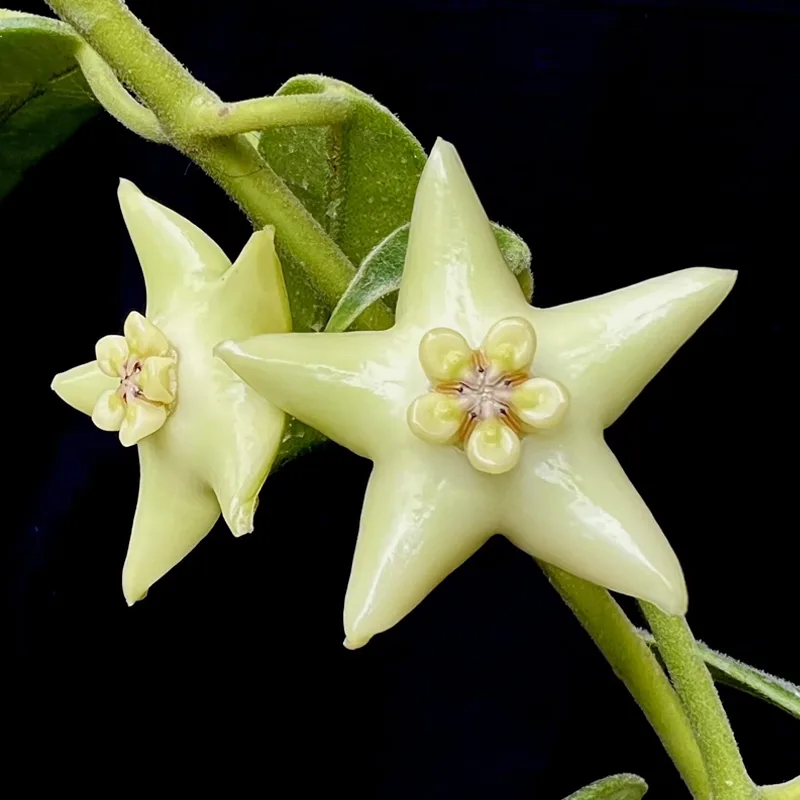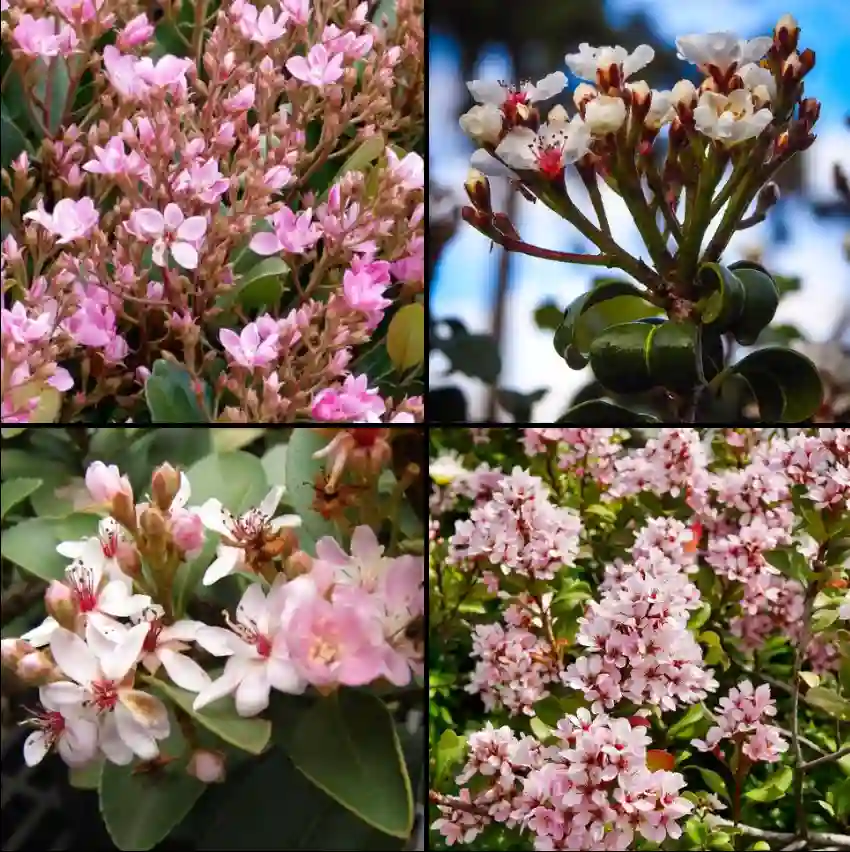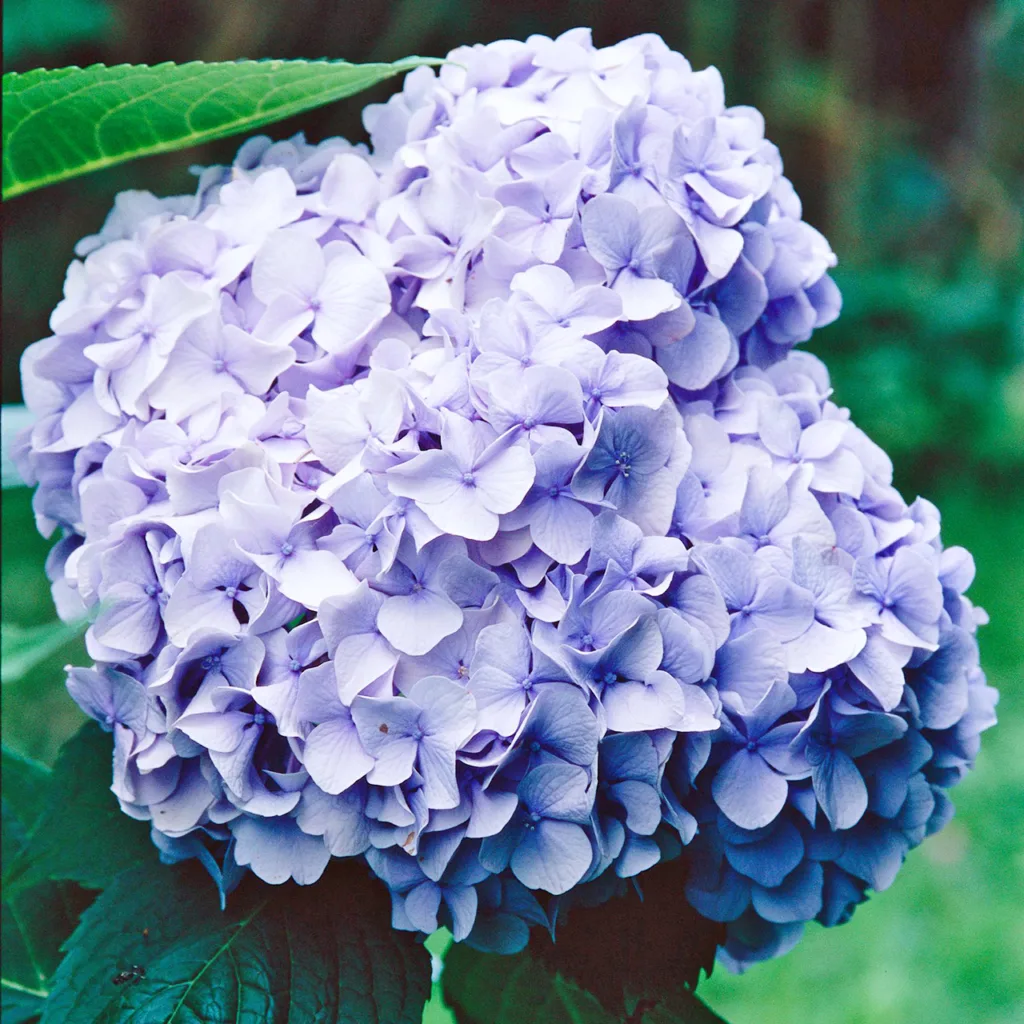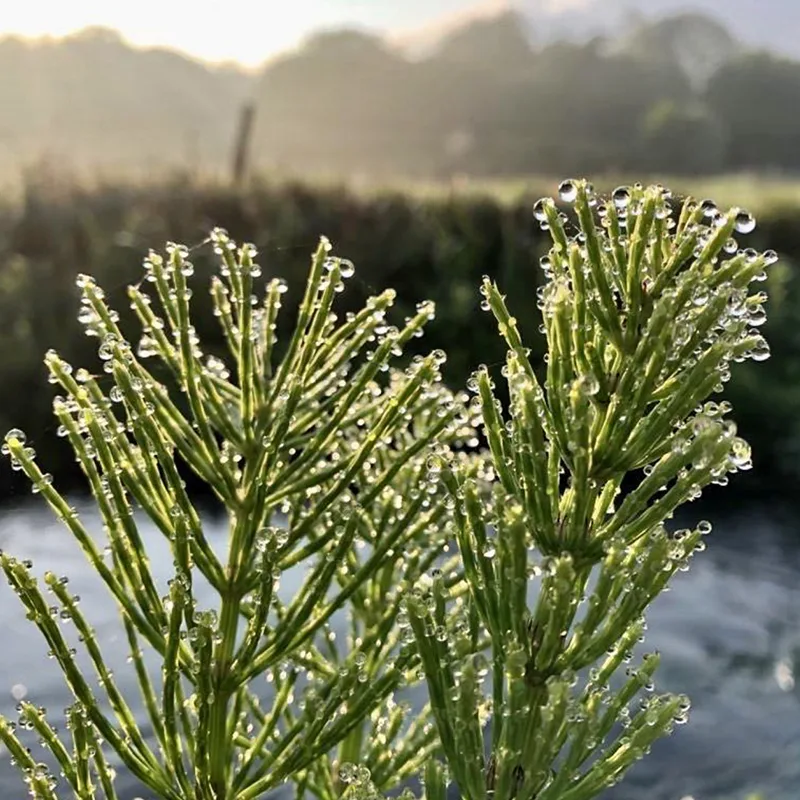What Is Ayapana?
Ayapana is a genus of flowering plants in the Asteraceae family. Known for its aromatic and medicinal properties, Ayapana is native to South America. It features lance-shaped leaves and small, yellow flowers. The genus includes several species, but Ayapana Triplinervis is one of the most well-known due to its traditional uses.
Plant Family: 1720 Genera in Asteraceae
Ayapana species
- Ayapana amygdalina (Lam.) R.M.King & H.Rob.
- Ayapana ecuadorensis R.M.King & H.Rob.
- Ayapana elata R.M.King & H.Rob.
- Ayapana haughtii R.M.King & H.Rob.
- Ayapana herrerae R.M.King & H.Rob.
- Ayapana hylophila (B.L.Rob.) R.M.King & H.Rob.
- Ayapana jaramillii R.M.King & H.Rob.
- Ayapana lanceolata R.M.King & H.Rob.
- Ayapana lopez-palaciosii V.M.Badillo
- Ayapana ornithophora (B.L.Rob.) R.M.King & H.Rob.
- Ayapana pilluanensis (Hieron.) R.M.King & H.Rob.
- Ayapana robinsonii S.Díaz
- Ayapana stenolepis (Steetz) R.M.King & H.Rob.
- Ayapana tovarensis (B.L.Rob.) R.M.King & H.Rob.
- Ayapana trinitensis (Kuntze) R.M.King & H.Rob.
- Ayapana triplinervis (Vahl) R.M.King & H.Rob.
- Ayapana turbacensis (Hieron.) R.M.King & H.Rob.
Where Were Ayapana Plants Cultivated?
Ayapana plants were traditionally cultivated in the tropical regions of South America. Countries such as Brazil, Peru, and Colombia are known for their historical cultivation of Ayapana. Indigenous peoples in these regions used Ayapana for its medicinal benefits, and it was integrated into various traditional practices.
Who Brought Ayapana to Mauritius?
Ayapana was introduced to Mauritius by French settlers during the 18th century. The plant was brought to the island for its medicinal properties and quickly adapted to the local climate. It became a popular addition to herbal remedies used in the region.
How to Grow Ayapana?
Growing Ayapana is relatively straightforward if you provide the right conditions. Here’s a step-by-step guide:
- Choose the Right Location: Ayapana thrives in warm, sunny environments. It prefers well-drained soil and can tolerate partial shade, though it grows best with full sun exposure.
- Soil Preparation: Prepare the soil by ensuring it is loose and rich in organic matter. Ayapana does well in slightly acidic to neutral soil (pH 6.0-7.0).
- Planting: You can start Ayapana from seeds or cuttings. If planting seeds, sow them in pots or directly in the garden after the last frost. Space the plants about 18 inches apart to allow for their growth.
- Watering: Keep the soil consistently moist, but avoid waterlogging. Regular watering is essential, especially during dry periods.
- Fertilizing: Use a balanced fertilizer to support healthy growth. Apply it every 4-6 weeks during the growing season.
How to Care for Ayapana?
Caring for Ayapana involves regular maintenance to ensure the plant’s health:
- Pruning: Trim the plant periodically to encourage bushier growth and remove any dead or damaged leaves.
- Pest Control: Watch for common pests such as aphids and spider mites. Use organic insecticides if necessary.
- Winter Care: In cooler climates, protect Ayapana from frost by bringing potted plants indoors or covering them with mulch.
How to Propagate Ayapana?
Ayapana can be propagated through seeds or cuttings:
- Seeds: Sow seeds in a seed tray or pot, keeping them warm and moist. Germination usually takes 2-4 weeks.
- Cuttings: Take 4-6 inch cuttings from a healthy Ayapana plant. Remove the lower leaves, dip the cut end in rooting hormone, and plant in a well-draining potting mix. Keep the cuttings in a warm, humid environment until they root.
Can You Grow Ayapana Indoors?
Yes, Ayapana can be grown indoors if you provide adequate light and warmth. Use a bright, sunny window or grow lights to ensure the plant receives enough light. Indoor plants may require more frequent watering and humidity to thrive.
Is Ayapana Toxic?
Ayapana is not considered toxic to humans or pets. In fact, it has been used traditionally for its medicinal properties. However, as with any plant, it’s best to avoid ingestion in large quantities and consult with a healthcare provider before using it for medicinal purposes.
Benefits of Ayapana
Ayapana is known for several health benefits:
- Digestive Health: Traditionally, Ayapana has been used to aid digestion and relieve gastrointestinal discomfort.
- Anti-inflammatory: The plant contains compounds that may help reduce inflammation.
- Antimicrobial Properties: Ayapana has been used in traditional medicine for its antimicrobial effects.
Common Problems with Ayapana
Here are a few common issues you might encounter with Ayapana:
- Pest Infestation: Aphids and spider mites can be problematic. Regular inspection and treatment can help manage these pests.
- Overwatering: Ayapana is sensitive to overwatering. Ensure proper drainage to avoid root rot.
What to Plant with Ayapana?
Ayapana pairs well with other herbs and plants that have similar growing conditions. Consider planting it alongside:
- Basil: Both plants thrive in similar conditions and complement each other well.
- Mint: Mint can help with pest control and shares similar soil and light requirements.
Compare with Other Similar Plants
Ayapana is often compared to other medicinal herbs such as:
- Chamomile: While both are used for their medicinal properties, Ayapana is more aromatic, and Chamomile is known for its calming effects.
- Echinacea: Both plants offer immune-boosting benefits, but Ayapana is more commonly used in digestive remedies.
Ayapana is a versatile and valuable plant with a rich history of use. Whether you’re interested in its medicinal benefits or simply want to add a unique plant to your garden, Ayapana is worth considering.
If i die, water my plants!



